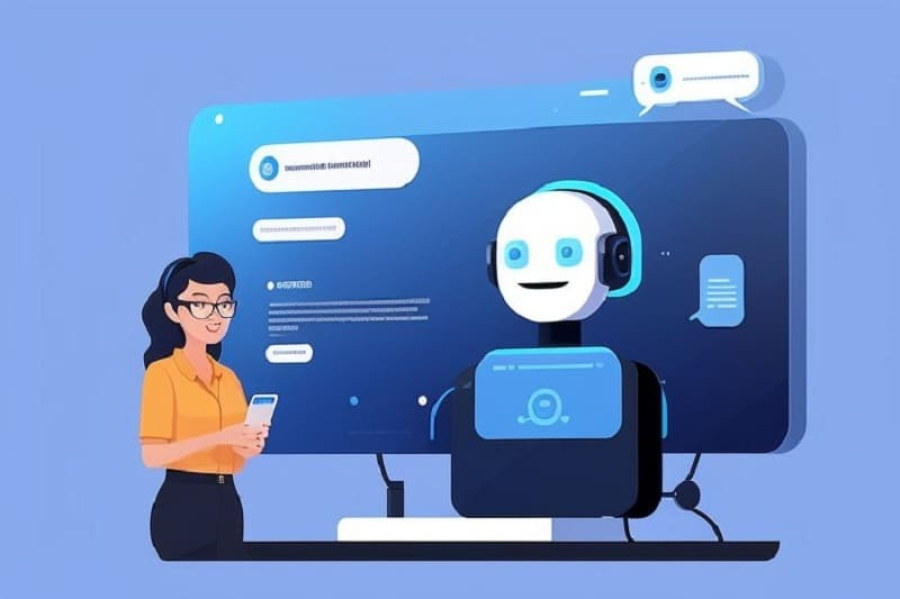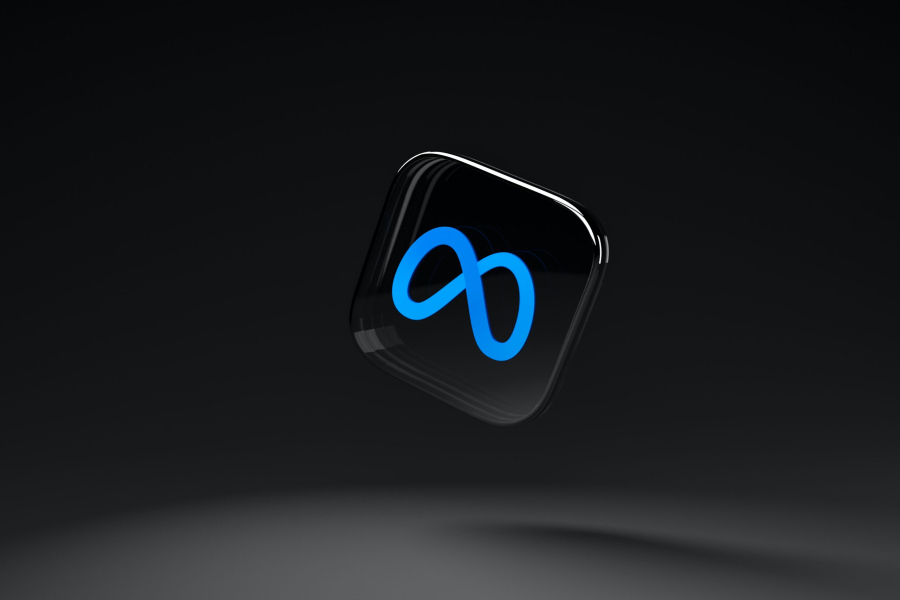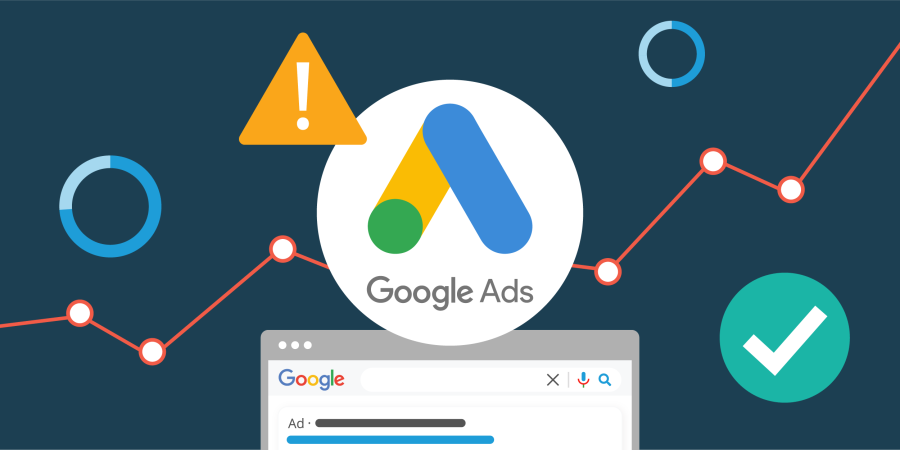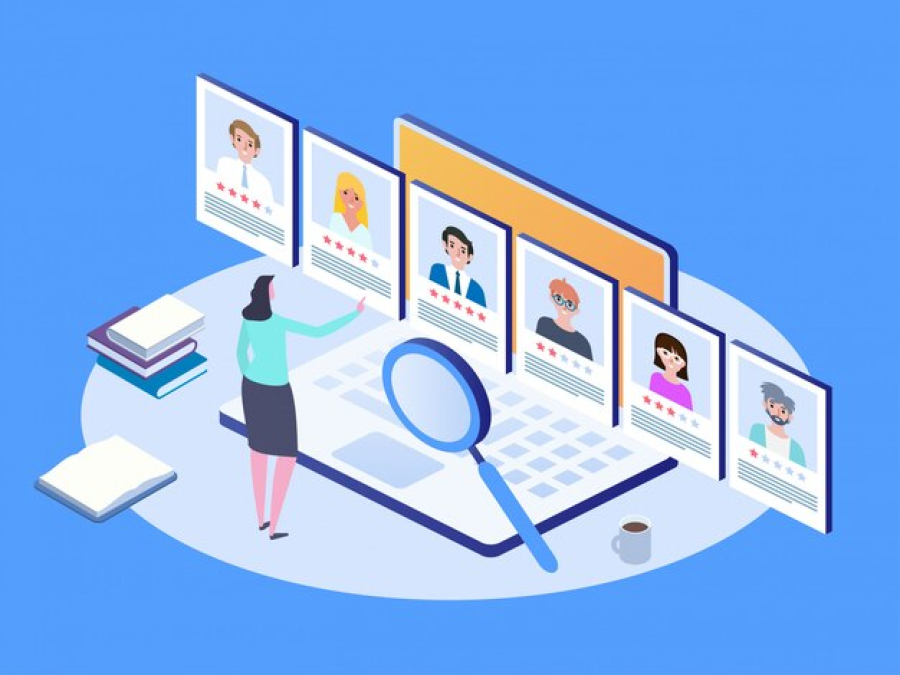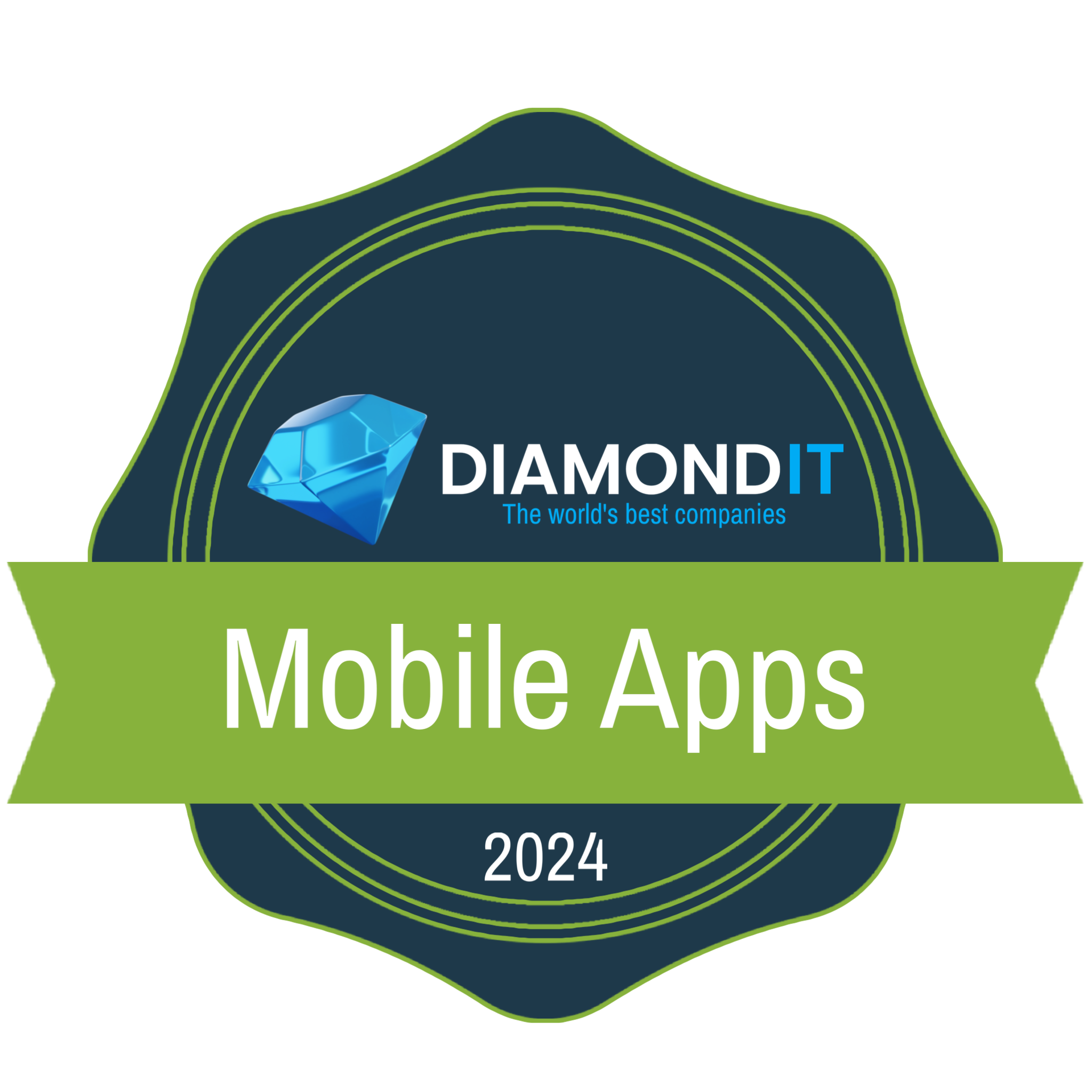Generative AI and the Rise of AI-Generated Content
Introduction
Artificial Intelligence (AI) is revolutionizing industries, and one of its most exciting advancements is Generative AI. This technology enables machines to create human-like text, images, music, and even videos, reshaping content creation in unprecedented ways. From AI-generated news articles to deepfake videos and AI-composed music, generative AI is becoming an integral part of our digital world.
In this article, we’ll explore how generative AI works, its applications, ethical concerns, and what the future holds for AI-generated content.
What is Generative AI?
Generative AI refers to AI models capable of producing new data, mimicking human creativity. Unlike traditional AI, which primarily analyzes and classifies data, generative AI creates new content by learning from vast datasets.
Key Technologies Behind Generative AI:
- Neural Networks – AI models inspired by the human brain that process and generate content.
- Transformer Models – Such as GPT (Generative Pre-trained Transformer), which powers AI chatbots and text generation tools.
- GANs (Generative Adversarial Networks) – Used for creating realistic images, videos, and deepfakes.
- Diffusion Models – Advanced AI techniques used in image generation (e.g., DALL·E and Stable Diffusion).
Applications of Generative AI
1. AI-Generated Text and Writing
AI-powered tools like ChatGPT, Jasper, and Copy.ai are changing how content is written. These models can:
✔ Write blog posts, news articles, and marketing copy.
✔ Generate code snippets and assist in software development.
✔ Automate customer support with chatbots.
Example: The Washington Post uses AI to generate sports and financial reports, improving content efficiency.
2. AI-Generated Images and Art
AI can now create highly realistic and creative images using models like DALL·E, Midjourney, and Stable Diffusion. These tools allow artists and designers to:
✔ Generate concept art and illustrations.
✔ Create unique avatars and digital assets.
✔ Enhance and restore images.
Example: AI-generated art has won competitions, raising debates about AI’s role in creative industries.
3. AI-Generated Music and Audio
AI is composing music and even cloning voices. Platforms like AIVA, OpenAI’s Jukebox, and Voicify help:
✔ Generate background music for videos and ads.
✔ Clone voices for podcasts and audiobooks.
✔ Assist musicians with AI-powered composition tools.
Example: David Guetta used AI to generate vocals mimicking Eminem’s voice, showcasing AI’s potential in music production.
4. AI-Generated Video and Deepfakes
AI video tools like Synthesia, Runway, and Deepfake AI create:
✔ AI avatars for virtual influencers and marketing.
✔ Automated video dubbing and translations.
✔ Deepfake videos that look real but are entirely AI-generated.
Example: Hollywood is using AI to de-age actors and generate realistic CGI scenes.
The Ethical Concerns of AI-Generated Content
1. Deepfakes and Misinformation
AI can create highly convincing fake videos, leading to misinformation and political propaganda. There is growing concern over deepfakes being used in cybercrimes and fake news.
2. Copyright and Intellectual Property Issues
Who owns AI-generated content? Many artists and writers argue that AI models trained on their work should not produce commercial content without consent.
3. Job Displacement in Creative Industries
While AI enhances productivity, it also threatens jobs in writing, design, and music. Companies may prefer AI-generated content over human creatives due to cost savings.
4. Bias in AI-Generated Content
AI models can unintentionally generate biased content, reflecting the biases present in their training data. This raises concerns about fairness and inclusivity in AI-generated media.
The Future of AI-Generated Content
1. Regulation and Ethical AI Development
Governments and tech companies are working on regulations to ensure AI is used ethically. Europe’s AI Act and the US AI Bill of Rights aim to set guidelines for AI-generated content.
2. AI-Human Collaboration
The future of generative AI is not about replacing humans but enhancing creativity. Writers, designers, and musicians will collaborate with AI to create more innovative content.
3. More Advanced AI Models
Future AI models will become more sophisticated, reducing biases and improving accuracy. OpenAI, Google DeepMind, and Meta are leading the way in developing safer and more powerful AI tools.
Conclusion
Generative AI is transforming how we create content, from text and images to music and video. While it offers incredible possibilities, it also raises ethical and legal challenges. The key to a balanced future lies in responsible AI development and human-AI collaboration.
🚀 What’s Next?
✔ Try AI content tools like ChatGPT, DALL·E, and Midjourney.
✔ Stay informed about AI regulations and ethical concerns.
✔ Experiment with AI in your creative workflow!
The AI revolution is here—are you ready? 🤖🔥

